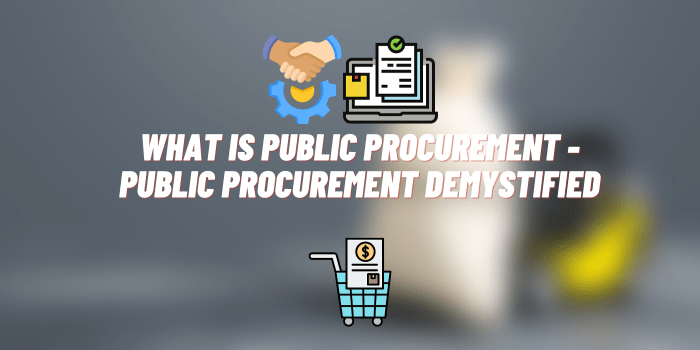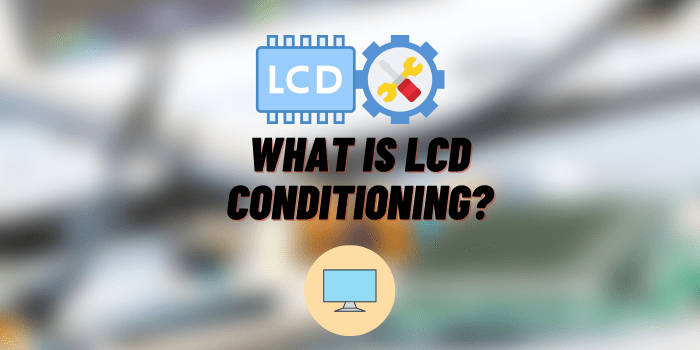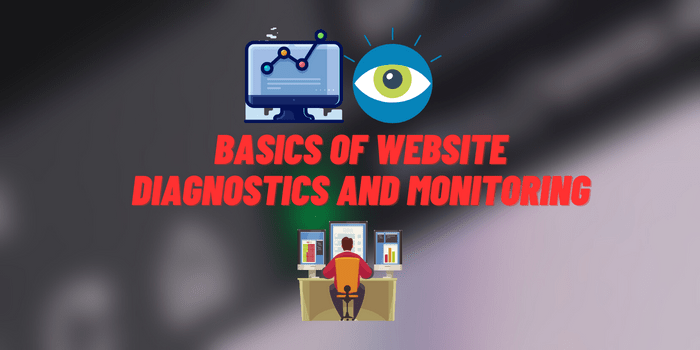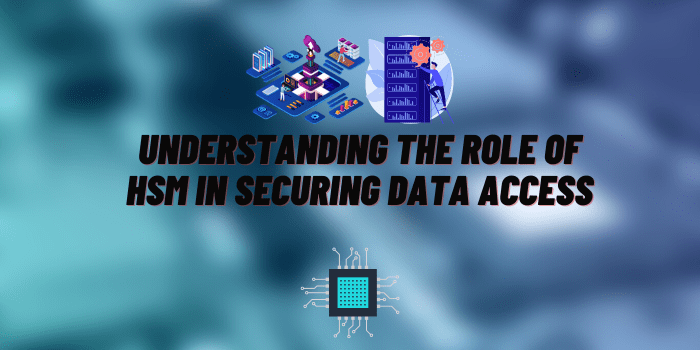What is Public Procurement – Public Procurement Demystified
Ladies and gentlemen, welcome to the domain of public procurement – a space where the ordinary encounters the extraordinary, where administrative documents engage in intricate choreography with governmental regulations, and where, whether you believe it or not, you’ll access more public tenders online for your ease of convenience.
Public procurement might sound akin to a concept plucked directly from a rather uninspiring educational manual, but I implore you to hold your drowsiness at bay for a moment. It’s far from being uninteresting. Imagine it as the dedicated team laboring behind the curtains of government expenditure, diligently toiling away.
The Enigma of Public Procurement

Let’s begin at the beginning. Public procurement is the official procedure through which governments acquire commodities, services, and construction undertakings. It’s the mechanism they employ to procure everything, from glistening new fire-fighting apparatus to vast quantities of office provisions, all the way to the magnificent marvels of infrastructure such as bridges and thoroughfares.
The Astonishing Complexity
Now, here’s where it gets riveting. Public procurement resembles a labyrinth teeming with regulations, rules, and bureaucratic hurdles. Governments don’t simply saunter into a store and load up their carts with whatever strikes their fancy. Oh no, sire!
They must adhere to a stringent set of guidelines and procedures, often dubbed the ‘procurement process.’ This intricate dance involves identifying needs, soliciting bids or proposals, meticulously evaluating them, and ultimately bestowing the contract upon the chosen supplier. Trust me; it’s as far from choosing a cereal brand at the grocery store as you can imagine.
The Peaks and Valleys

Ah, but where there are rules, there are bound to be comical mishaps, epic misadventures, and moments of human brilliance. For example, many governments employ a ‘lowest-price’ approach to select their suppliers. While suitable for some cases, it can inadvertently lead to the acquisition of inferior quality goods and services over time.
On the other side of the spectrum, there are inspiring stories where procurement teams have successfully employed strategies that prioritise quality. They’ve remained steadfast in their dedication to honouring value as opposed to price. As a result, they’ve managed to acquire remarkably efficient products and services while saving taxpayer money in the long run.
The Uncelebrated Heroes
Behind every triumphant government project stands a battalion of procurement professionals, expertly navigating the labyrinthine maze of regulations and bureaucracy.
They are the unsung heroes ensuring that your hard-earned tax dollars are judiciously allocated, that the bridges you traverse are safe, and that the paper for government memos is always in ample supply. They’re akin to covert agents in the realm of public expenditure, wielding pens, contracts, and calculators instead of fancy gadgets.
The Future of Public Procurement

So, where is the future of public procurement headed? It appears promising, with technology taking centre stage. E-procurement systems, artificial intelligence, and blockchain are gradually making inroads, simplifying the process and minimising errors. It’s akin to the procurement universe finally catching up with the 21st century!
Parting Musings
In summary, public procurement, despite its reputation for inducing yawns, is a captivating world in its own right. It’s where bureaucratic rigidity intersects with innovation and where the ostensibly mundane assumes critical significance. There you have it, the not-so-secret realm of public procurement, a domain where regulations and procedures occasionally encounter moments of hilarity.
It’s a world where the conscientious efforts of many guarantee that governments obtain what they require and taxpayers obtain the utmost value for their contributions. Thus, the next time you pass by a government building or traverse a bridge, you’ll recognise that there’s far more to the tale than initially meets the eye.






